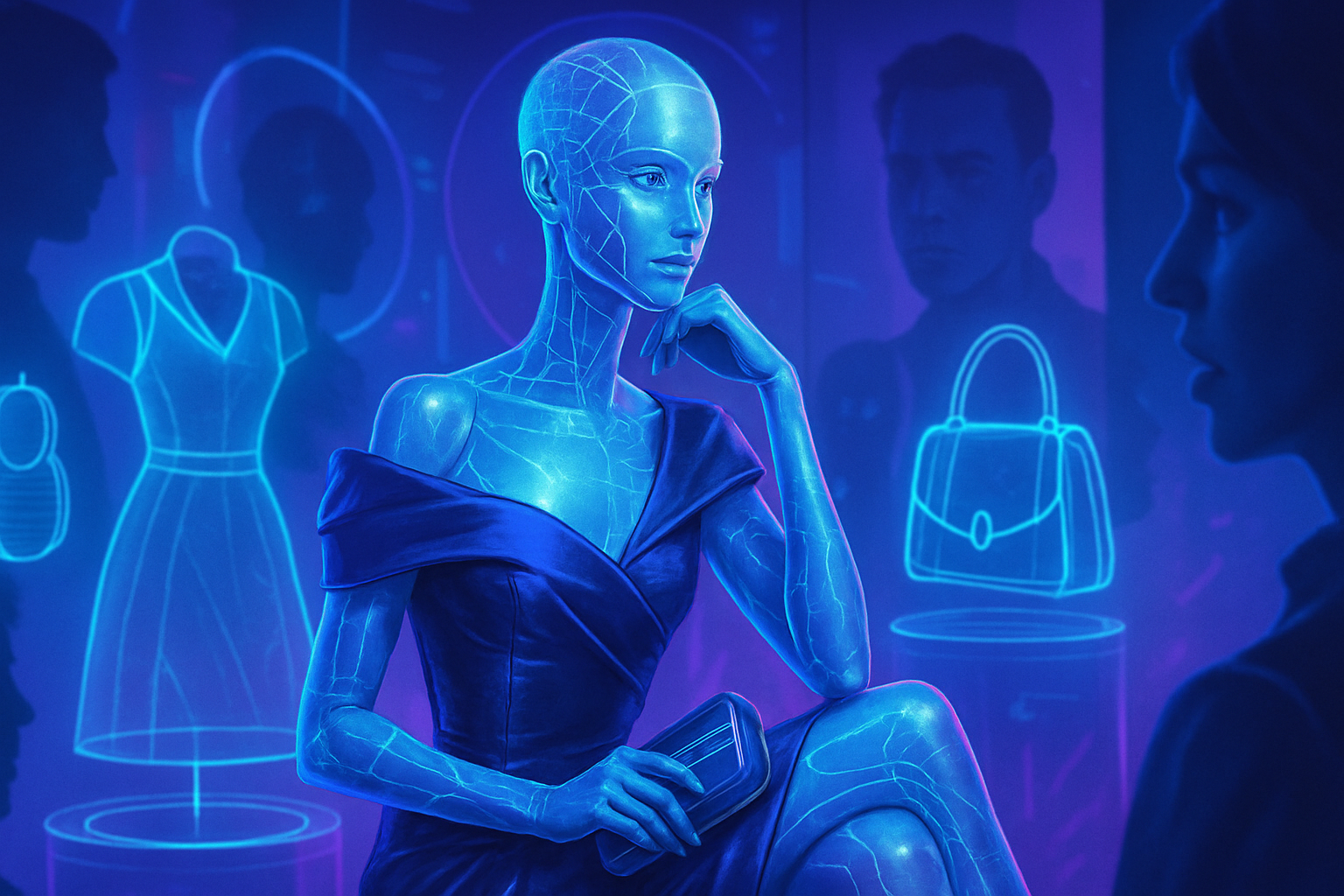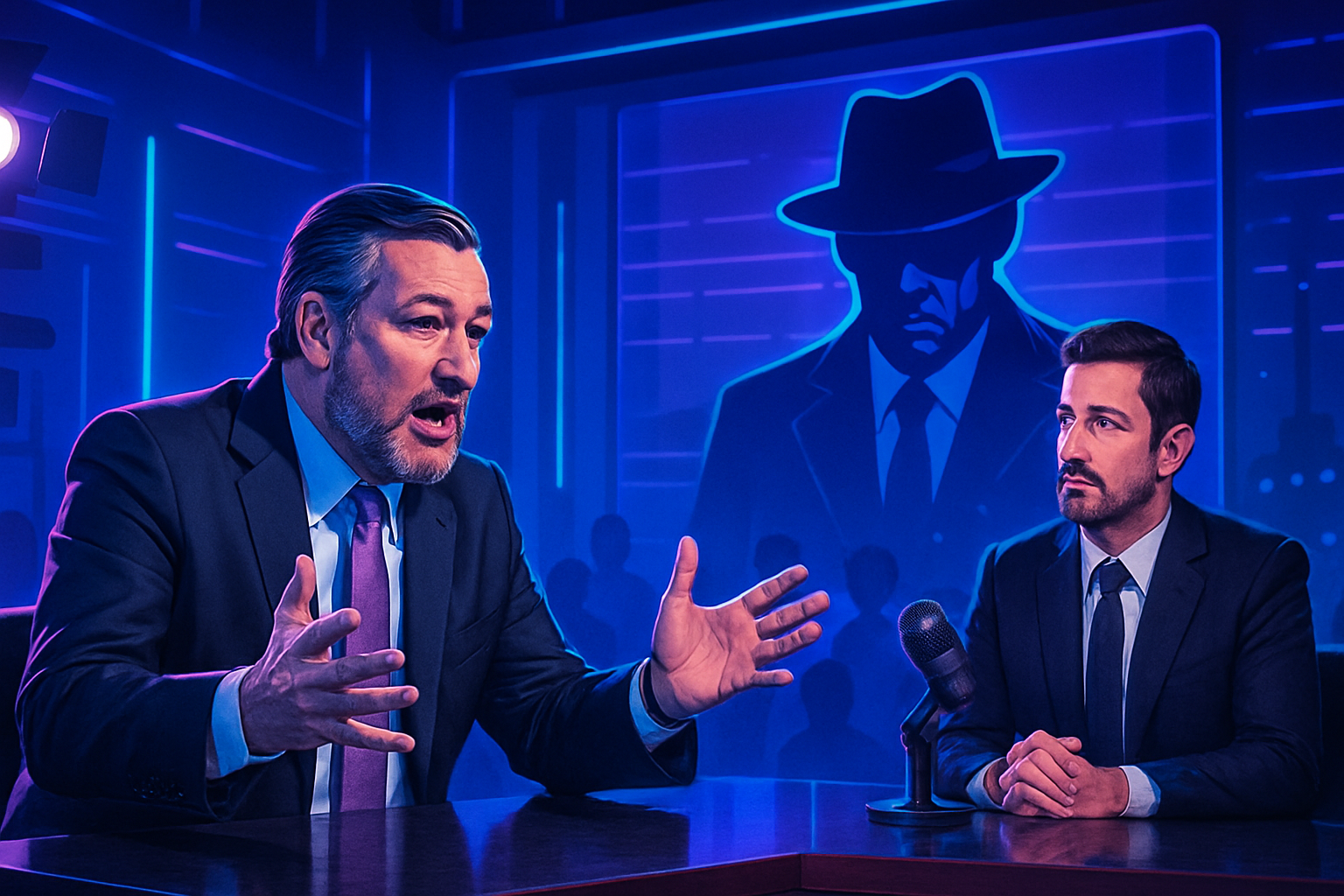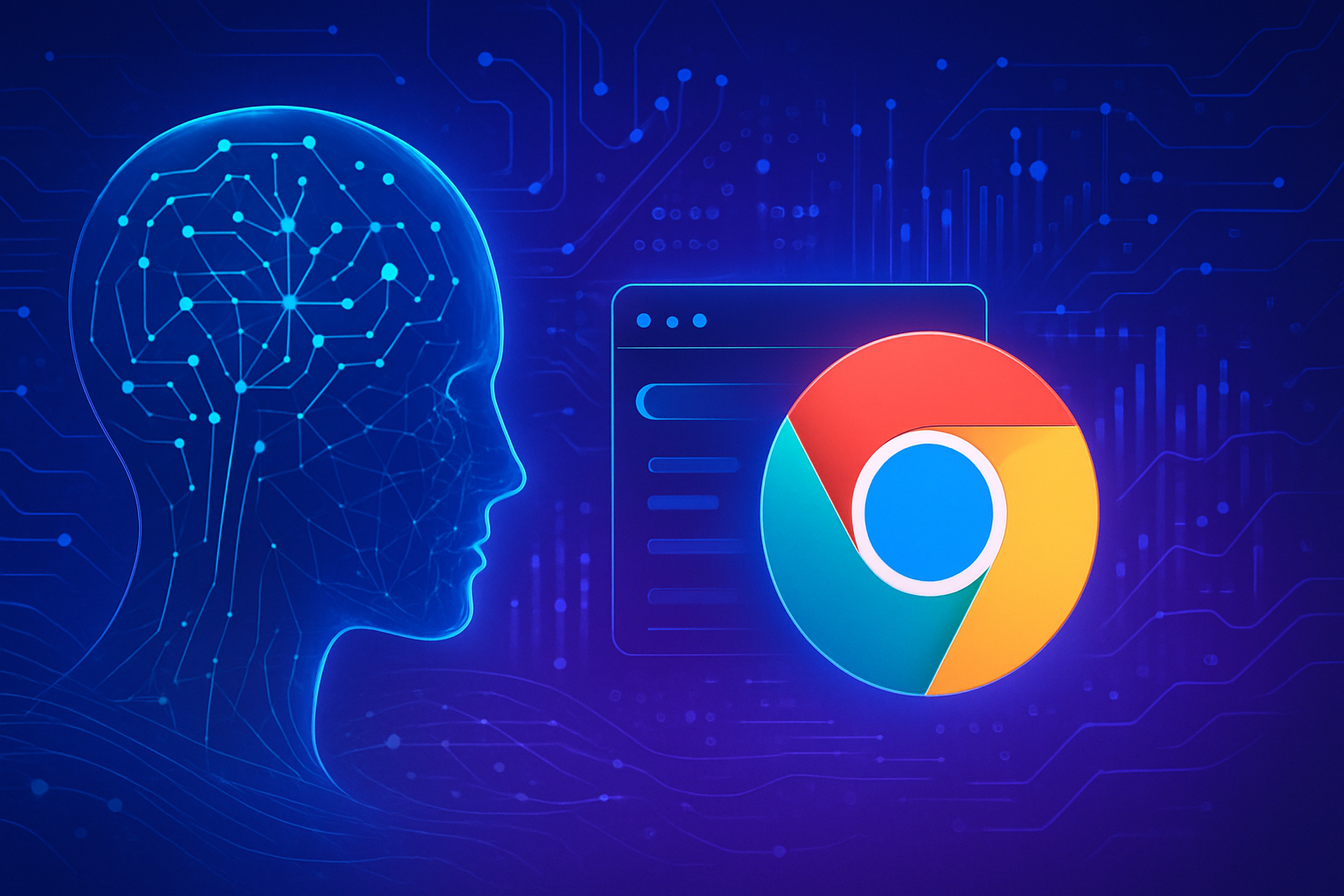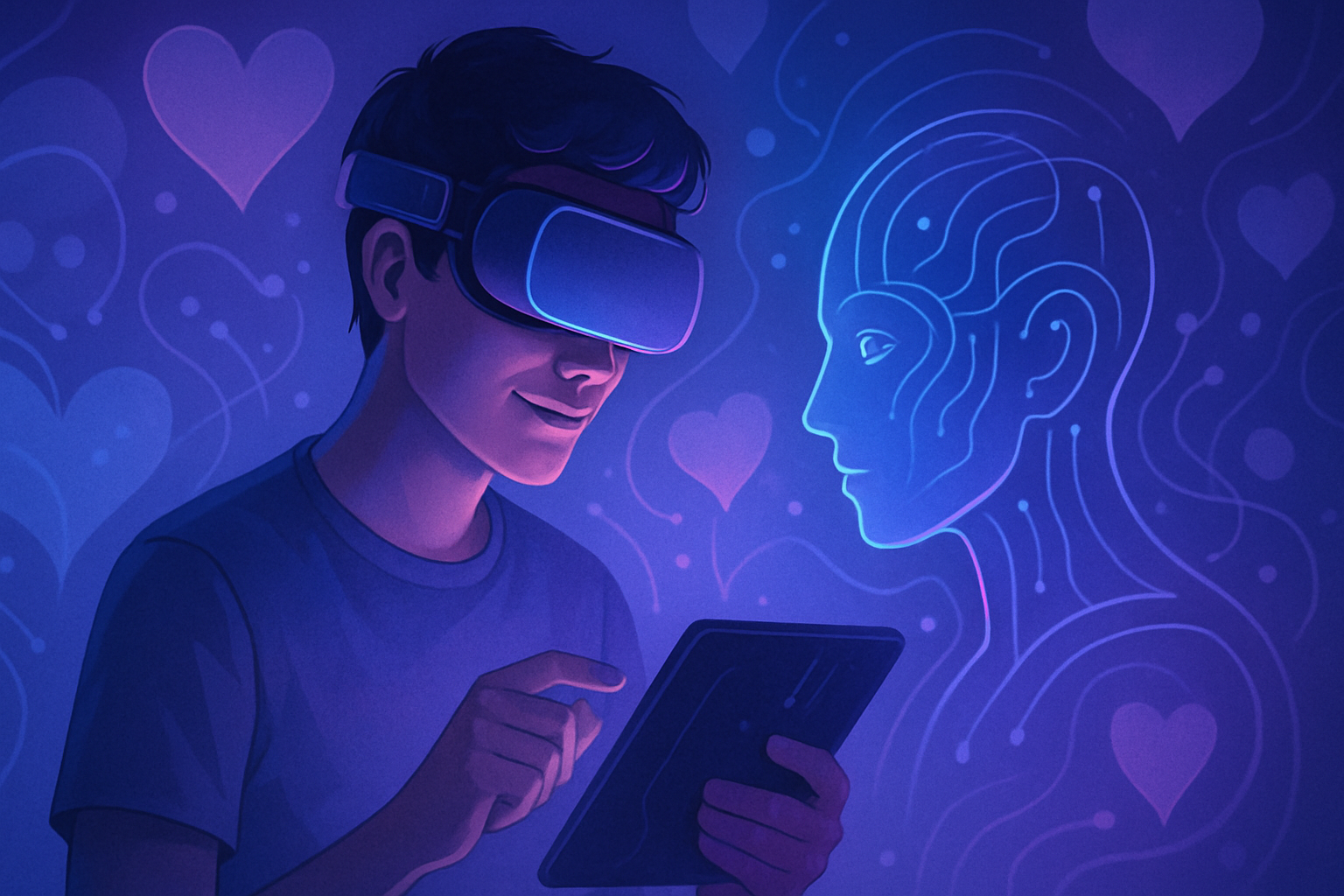The intrusion of artificial intelligence into the fashion world has sparked an unprecedented controversy. Vogue recently featured an AI-generated model, raising concerns about *unrealistic beauty standards*. This first incursion calls into question the *authenticity of representations* in the industry, highlighting the risks of an oppressive uniformity. Voices are rising, arguing that this approach could harm the advancements in diversity and inclusivity. The traditional framework of modeling is now faced with questions about its future in a world where AI is taking the lead.
The first AI model in Vogue
Vogue magazine recently ignited a heated controversy after publishing an advertisement showcasing a model generated by artificial intelligence. This initiative, launched by the company Seraphinne Vallora, marks a historic turning point, as it is the first time an AI character appears in a publication of this renown. The controversial image shows a perfect blonde woman dressed in a striped maxi dress and a floral jumpsuit for Guess’s summer collection.
Mixed reactions to this innovation
The publication of this announcement has raised concerns about unrealistic beauty norms and the future of the fashion sector. Critics point out that this approach could jeopardize the progress made in terms of diversity and inclusivity, particularly after years of struggles led by models from underrepresented communities. Felicity Hayward, a plus-size model, expressed her dismay, calling this approach “lazy and cheap,” accusing the brand of not measuring the consequences of its choices.
The position of Seraphinne Vallora
The co-founders of Seraphinne Vallora, Valentina Gonzalez and Andreea Petrescu, explained that they were contacted directly by Paul Marciano, co-founder of Guess, to create these models. After reviewing several drafts, Marciano opted for two models: one blonde and one brunette. While they claim that these creations are realistic and comparable to traditional advertisements, they admit that their Instagram portfolio lacks diversity.
Consequences on the perception of beauty
Reactions on social media reflect growing concern. A user on platform X noted that the technology makes beauty expectations even more unattainable. Vanessa Longley, CEO of the UK charity Beat, highlighted that exposure to unrealistic bodies can seriously harm self-esteem and increase the risks of eating disorders. The danger of this trend is underscored by testimonies from former models, such as Sinead Bovell, who warn about the potential hazards of AI replacing real models.
Towards an uncertain future for the fashion industry
The way Vogue has legitimized this advertisement by including it in its printed pages is a source of criticism. A lack of clear labeling for AI-generated content leads to confusion and reinforces concerns among industry professionals. A world where virtual models could surpass those in reality is gradually becoming an alarming reality.
Debate over the use of AI in fashion
Technology has undoubtedly transformed the fashion industry, but the question now arises: at what cost? The AI playing field must be delineated to prevent excesses. Recent examples of such an evolution include massive investments in AI that raise concerns among journalists. This situation calls for deep reflection on the future of the industry and the ethical responsibilities that arise from it.
Due to these controversies, the debate about AI applications is intensifying, fueling discussions on beauty and inclusivity in contemporary fashion. The public’s response to this innovation could determine the direction the industry will take in the near future.
Frequently asked questions
Why does the publication of an artificial intelligence model in Vogue provoke so much controversy?
The controversy stems from concerns about unrealistic beauty standards and the impact on diversity and inclusivity in the fashion industry, which seeks to advance the representation of models from underrepresented communities.
What was Vogue’s goal in publishing a model created by artificial intelligence?
Vogue stated that the inclusion of an AI model was a commercial decision aimed at drawing attention to Guess’s summer collection, rather than an editorial decision.
How was the AI model created and selected?
The model was created by the company Seraphinne Vallora, after Paul Marciano, co-founder of Guess, directly requested the creation of AI-generated models and after reviewing several prototypes.
What are critics’ reactions regarding the use of AI models in fashion?
Critics denounce a lazy and cheap approach in the sector, claiming that this could undermine the advancements made to promote diversity and fair representation in fashion.
What risks does the presence of AI-generated models in advertisements pose to young people?
Exposure to AI models can exacerbate self-esteem issues and contribute to mental health concerns, including eating disorders, by promoting unattainable beauty standards.
Does Seraphinne Vallora plan to create more diverse models?
The co-founders of Seraphinne Vallora admitted that they have not yet created plus-size models, citing technological limitations and a lack of commitment to models of different skin tones.
Why is it crucial to indicate that the models are AI-generated?
A clear labeling of AI-generated content is essential to avoid misunderstandings and social pressures that push young people to adopt artificial beauty ideals.
What effects could the advertising of an AI model have on the fashion market?
This could set a troubling precedent in fashion, where lower costs are prioritized at the expense of human talent, while risking dilution of efforts for authentic representation.
How are social media users responding to this announcement?
Users have expressed their concern on social media, emphasizing that the introduction of AI models reinforces beauty expectations that may be even more impossible to achieve.
What lessons can be learned from this situation for the future of fashion and technology?
This situation underscores the need for ethical reflection on the use of technology in fashion, considering the potential effects on society and promoting practices that support diversity and inclusivity.






